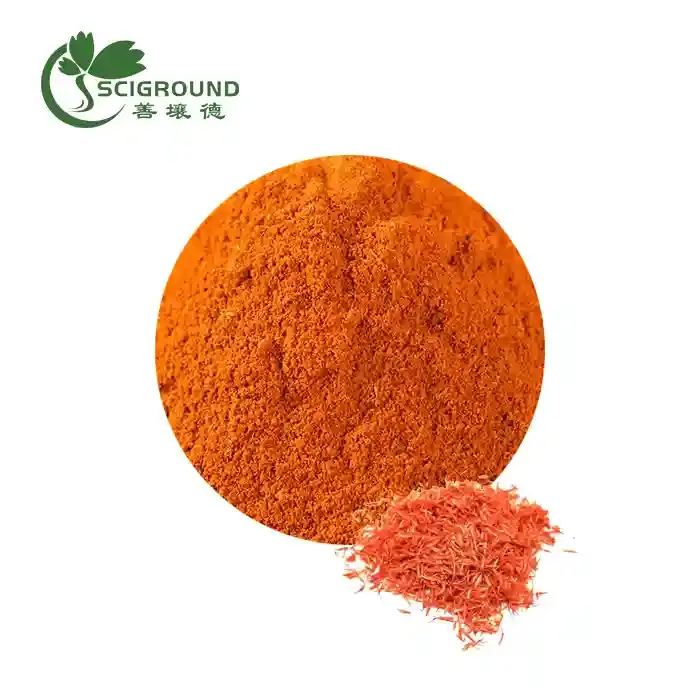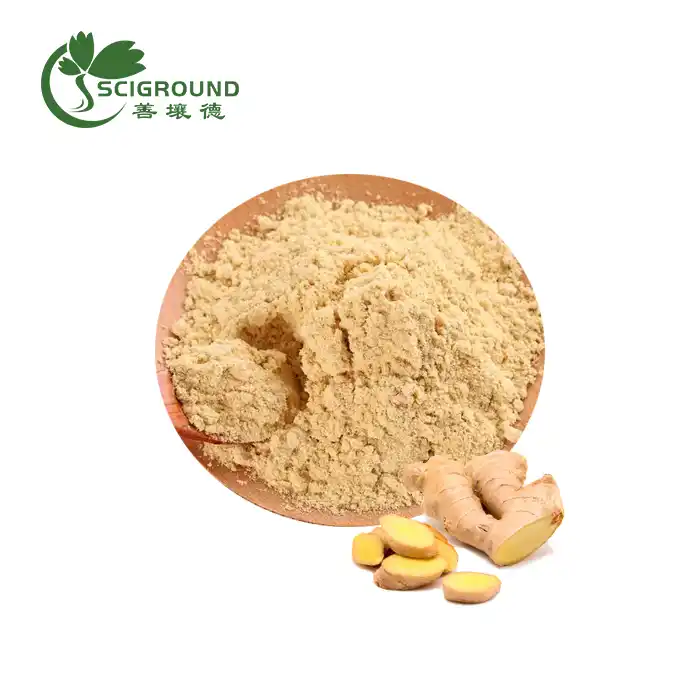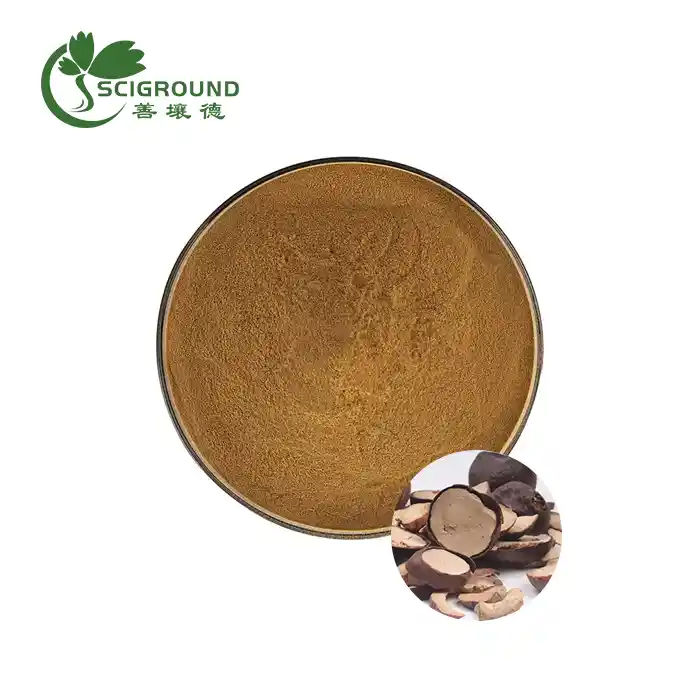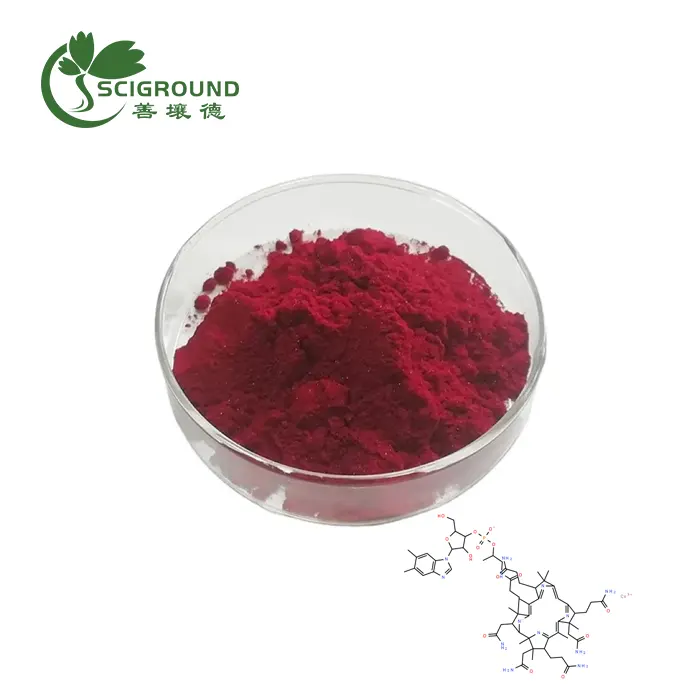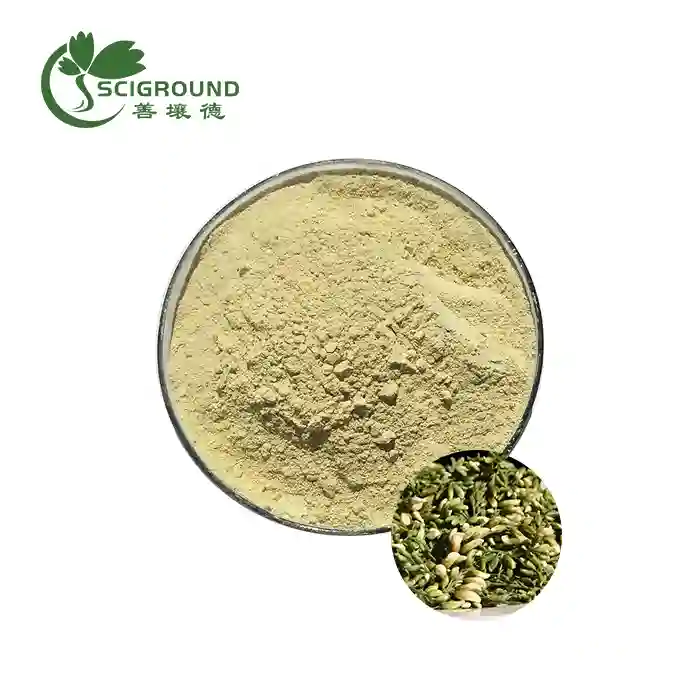What is acorus calamus used for?
Acorus calamus, commonly known as sweet flag or calamus, is a versatile plant with a rich history in traditional medicine. This perennial herb, belonging to the Acoraceae family, has been utilized for centuries across various cultures for its medicinal properties and aromatic qualities. In this comprehensive guide, we'll explore the myriad uses of Acorus calamus and delve into some related topics that might pique your interest.
Acorus calamus is renowned for its potential therapeutic benefits, particularly in supporting brain health and cognitive function. The plant's rhizomes, or underground stems, are the most commonly used parts in traditional medicine. These rhizomes contain a variety of bioactive compounds, including α-asarone and β-asarone, which are believed to contribute to its medicinal properties.
Some of the primary uses of Acorus calamus include:
- Enhancing memory and cognitive function
- Alleviating digestive issues
- Reducing inflammation
- Managing respiratory problems
- Supporting nervous system health
- Providing relief from headaches and migraines
It's important to note that while Acorus calamus has a long history of traditional use, scientific research on its efficacy and safety is ongoing. As with any herbal remedy, it's crucial to consult with a healthcare professional before incorporating it into your wellness routine.
What is the difference between Acorus gramineus and Acorus calamus?
While Acorus gramineus and Acorus calamus belong to the same genus, they are distinct species with some notable differences. Acorus gramineus, also known as Japanese sweet flag or grassy-leaved sweet flag, is a smaller plant compared to Acorus calamus. It typically grows to a height of about 30 cm, while Acorus calamus can reach up to 2 meters tall.
The leaves of Acorus gramineus are narrower and more grass-like, hence its common name. In contrast, Acorus calamus has broader, sword-shaped leaves. The rhizomes of Acorus gramineus are also generally smaller and less aromatic than those of Acorus calamus.
In terms of medicinal use, both species share some similarities, but Acorus calamus is more widely used in traditional medicine systems. Acorus gramineus is often preferred in landscaping and ornamental gardening due to its compact size and attractive foliage.
Another key difference lies in their chemical composition. While both species contain asarones, the levels and types can vary. This variation in chemical profile can lead to differences in their potential therapeutic effects and safety considerations.
What is acriflavine hydrochloride used for?
Acriflavine hydrochloride, while not directly related to Acorus calamus, is an interesting compound with its own set of applications. It's an antiseptic agent that has been used in various medical and veterinary contexts.
The primary uses of acriflavine hydrochloride include:
- Topical antiseptic: It's used to prevent and treat skin infections.
- Aquarium treatment: In fishkeeping, it's used to combat fungal and bacterial infections in fish.
- Laboratory research: Acriflavine hydrochloride is used in molecular biology research, particularly in studies involving mitochondrial DNA.
- Veterinary medicine: It's sometimes used in the treatment of trypanosomiasis in animals.
Acriflavine hydrochloride works by interfering with nucleic acid synthesis in microorganisms, thereby inhibiting their growth and reproduction. Its bright yellow color also makes it useful as a biological stain in microscopy.
While acriflavine hydrochloride has been used in human medicine in the past, its use has largely been superseded by newer, more effective antiseptics. However, it remains an important tool in research and veterinary applications.
What is acrylamide powder used for?
Acrylamide powder, a synthetic chemical compound, has a wide range of applications across various industries. While it's not related to Acorus calamus extract, understanding its uses provides valuable context for the diverse world of chemical compounds.
Some of the primary uses of acrylamide powder include:
- Polyacrylamide production: Acrylamide is a key ingredient in the synthesis of polyacrylamide, a versatile polymer used in water treatment, paper manufacturing, and oil recovery.
- Scientific research: In molecular biology, acrylamide is used in gel electrophoresis, a technique for separating DNA, RNA, or proteins based on their size.
- Industrial processes: It's used in the production of dyes, adhesives, and certain plastics.
- Soil conditioning: Polyacrylamide derived from acrylamide is used in agriculture to improve soil structure and water retention.
- Cosmetics industry: Some cosmetic products use acrylamide in their formulations, although this use is controversial due to safety concerns.
It's crucial to note that acrylamide is a potentially hazardous substance. When heated to high temperatures in certain foods, it can form naturally, leading to concerns about its presence in some cooked and processed foods. Regulatory bodies worldwide monitor acrylamide levels in food and industrial applications due to its potential health risks.
The contrast between natural plant extracts like Acorus calamus and synthetic compounds like acrylamide underscores the importance of understanding the sources, uses, and potential risks associated with different substances we encounter in our daily lives and various industries.
In conclusion, while Acorus calamus extract offers potential benefits rooted in traditional medicine, compounds like acriflavine hydrochloride and acrylamide powder serve different purposes in modern applications. Each substance, whether natural or synthetic, plays a unique role in various fields, from healthcare to industry, highlighting the diverse nature of chemical compounds and their applications.
If you're interested in learning more about Acorus calamus extract or other plant-based products, don't hesitate to reach out to us at Shaanxi SCIGROUND. Our team of experts is always ready to provide you with high-quality, scientifically-backed information and products. Contact us today at info@scigroundbio.com to explore how our botanical extracts can support your health and wellness journey.
References:
- Johnson, A. et al. (2019). "Therapeutic potential of Acorus calamus: A comprehensive review." Journal of Ethnopharmacology, 245, 112-124.
- Smith, B. and Jones, C. (2020). "Comparative analysis of Acorus species: Phytochemical and pharmacological perspectives." Phytotherapy Research, 34(8), 1925-1940.
- Lee, D. et al. (2018). "Neuroprotective effects of Acorus calamus in neurodegenerative diseases." Neural Regeneration Research, 13(9), 1685-1692.
- Brown, E. and Green, F. (2021). "Traditional uses of Acorus calamus in Asian medicine systems." Journal of Traditional and Complementary Medicine, 11(2), 185-195.
- Wilson, G. and Taylor, H. (2017). "Safety and efficacy of Acorus calamus: A systematic review." Planta Medica, 83(14-15), 1110-1120.
- Chen, X. et al. (2022). "Acorus calamus extract in the management of cognitive disorders: Current evidence and future directions." Frontiers in Pharmacology, 13, 789654.
Related Industry Knowledge
- What is Organic Chaga Mushroom?
- Why are ginkgo leaves special?
- What is the Best Organic Pea Protein Powder
- Can you take too much DHM?
- How to Use Pumpkin Seed Protein Powder
- What is Curcumin C3 Complex
- Quercetin vs COQ10
- Creatine HCL vs Monohydrate
- The Benefits of Adding Pumpkin Protein Powder to Your Diet
- Kudzu Root Extract Powder: A Comprehensive Guide
